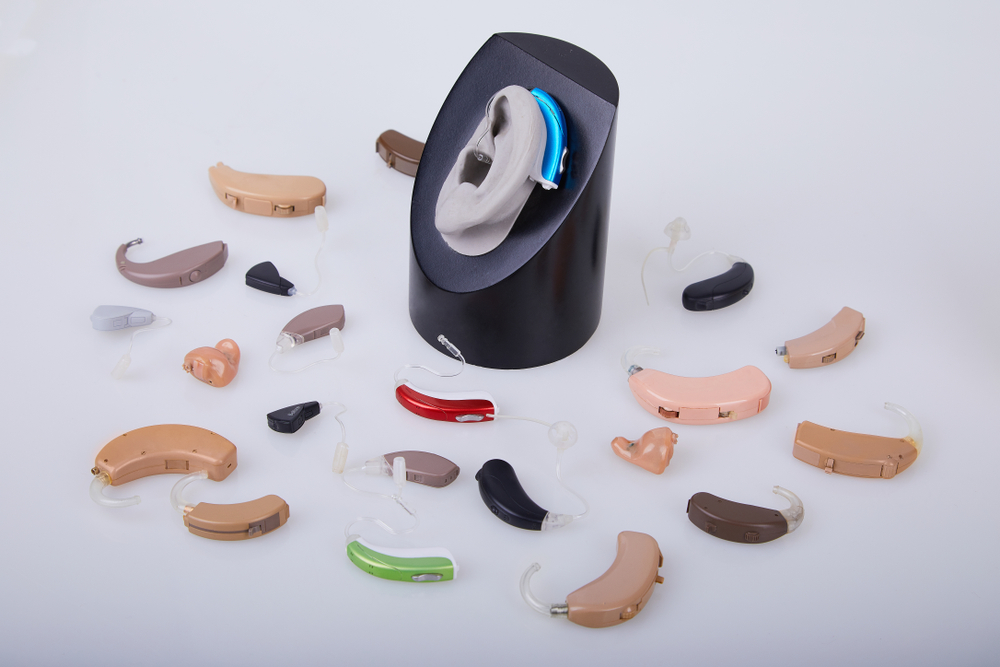 Hearing aids have evolved substantially since their first appearances in the early 1900s. In the turn of the 20th century, the only available hearing aid solutions were mostly crude devices unable to differentiate between sounds .
Hearing aids have evolved substantially since their first appearances in the early 1900s. In the turn of the 20th century, the only available hearing aid solutions were mostly crude devices unable to differentiate between sounds .
Throughout the following almost hundred years, the technology improved only slightly. It was still primarily based on analog amplification and included almost no innovations.
Finally, the appearance of digital technology radically transformed the hearing aid market. Transitioning from analog to digital listening solutions dramatically improved several key areas of the service, including their accessibility and customization. This article presents an overview of the hearing aids’ historical development and the primary benefits of modern digital solutions.
Technological Advancements in Hearing Aids
While some analog hearing aids from the seventies can be viewed as a proto-predecessor of the design comprehensive with today’s feature, the first groundbreaking product as we know it hit the market during the course of the 1980s. They were developed with digital circuits within analog technology, thus being programmable depending on the surrounding atmosphere.
Nevertheless, most devices remained analog and big through the 1990s . It was only in the late nineties that fully digital hearing aids emerged that could process sound from its origin.
Digital technology became the standard in the two-thousands, with most devices equipped with Bluetooth for streaming and other features to improve the quality of life. Unlike cumbersome and highly visible analog hearing aids, a modern hearing defies notice: it fits straight into one ear, devoid of wiring or any visual surface.
Customization and Personalization
One of the profound advancements hearing aids have seen with digitization is the precision with which solutions can now be tailored to each person’s unique auditory needs. Using sophisticated software and wireless programming, audiologists are able craft nuanced hearing profiles during testing to accommodate even the subtlest deficits.
Every element can be individualized, whether fine-tuning certain frequencies or calibrating noise-reduction settings. This customization allows wearers to derive maximal benefit from their investment over both the short and long term.
What’s more, multiple reconfigurable listening modes grant users the power to optimize the aid for any environment instantly via app or button controls. These personalized characteristics greatly boost comfort while maximizing effectiveness overall. However, continual remote adjustments may still be required as needs inevitably evolve.
User Experience and Accessibility
Moreover, technological progress also vastly improved the quality of user experience. Digital devices are simple to operate; many come equipped with automatic programs and the ability to adjust from a phone. The covertness of the devices was a vital aspect, as it helped diminish the above mentioned social stigma for some while reducing it for the rest simply by making sure the device does not stand out. The most discrete, micro-style hearing aids became popular, some designed to be nearly invisible and almost always completely-in-canal.
Higher comfort means a higher chance of usage. The sound quality became many times better and more natural. The quality of user experience empowered the public and made them much more determined to embrace the aid.
Today, many recognize hearing aids as mere high-tech functionaries, not devices. The invention of digital systems changes lives, making them more diverse.
Final Thoughts
The shift from analog to digital technology has transformed the hearing aid sphere. Miniaturization, the ability to customize programming, wireless connectivity, and acoustic processing algorithms have made the user experience superior.
Elders and individuals experiencing hearing impairment can benefit from tiny, imperceptible instruments that are customized to their precise requirements.
In the future, technological breakthroughs may be achieved in terms of miniaturization, simplification, and smartphone/tech integration. While analog technology clearly had its purposes, digital technology is transforming hearing aids from simple devices into fashion accessories.
Technological advancements allow manufacturers to develop high-quality, attractive things that make people’s lives easier.
Think you might need a hearing aid? If so, check out this hearing quiz.



Leave a Reply